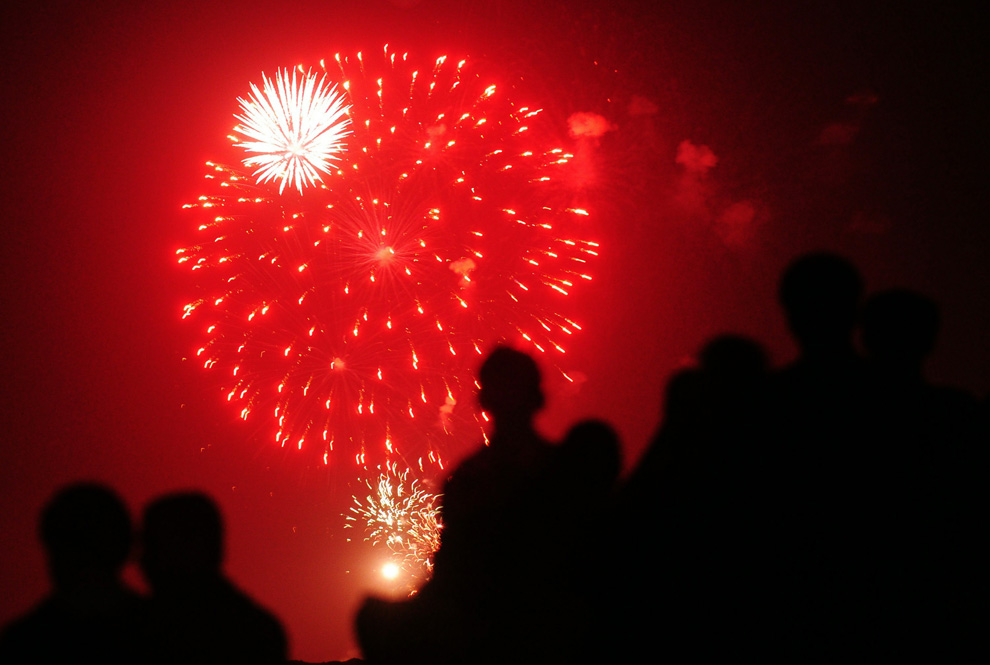
Pakistan’s prospects have dimmed quite alarmingly over the past year.
My book, The Long View from Delhi, written early last year, built a transparent structure for arriving at the possible scenarios for countries that will decide India’s Grand Strategy of Foreign Policy in 2025. Pakistan had hugely uncertain futures, swinging from a Pakistan Shining (9% GDP growth) to a Pakistan Regresses, where the world’s fastest growing population clashes with one of the slowest GDP growths (currently 2%).
The most important driver in Pakistan was and is, of course, the army – but it had the least unpredictability. It continues to be ‘most important’ driver, whether in 2010, 2015 or 2025.
The most unpredictable driver was Islamic Fundamentalism and Terrorism. It could ‘swing’ from getting much worse, to being contained through socio-political activity. In has, unfortunately, swung quite negatively these past twelve months.
What should panic the sensible Pakistani is that the ‘most important’ driver, the Pakistan army, has contributed nothing to socio-political growth or stability, and continues to ally with religious groups, openly encouraging the Takfiri ideology. This they aver, is not dangerous to Pakistani democracy because the ISI allegedly “have the jihadis by their tooti,” but there’s little evidence of such control.
In the meanwhile the Pakistani youth bulge, the biggest in the world, continues to overwhelm the education, employment and urban systems. A clutch of energetic, unemployed, unskilled Pakistani youths turn to the gun and militancy every year as the quickest way of earning a buck and saving the Islamic world. The army doesn’t mind. Employing these youths and keeping them out of Waziristan is apparently the job of the civilian government, which has only as much money to govern Pakistan as the Indian Armed Forces have to spend on the military. So the army, on behalf of all Pakistan, has set up a destructive competition with India and its hurtling economic growth – a competition that can only have one result. The Pakistani people, who are perhaps more interested in putting bread on the table, were never consulted before they were entered in the competition.
This is all a great pity. Pakistani agriculture is actually quite dynamic. If connected to the huge Indian market, the Pakistani GDP would immediately get a boost of 1%. What the Pakistani people don’t need is ‘strategic depth’ – an absurd creation of Pakistani generals who are convinced that the greatest Pakistani strategic success would be to create a client state out of Afghanistan on the grounds that the Indians have one such state in Nepal. How this Napoleonic victory would feed or employ more Pakistanis is not explained.
But to an Indian strategic thinker who believes that the best situation for India is to have a democratic moderate Muslim state like Pakistan on its North West, the prospects look worse and worse. If the Generals succeed in their plan to act as an intermediary between the Taliban and the US, the internal dynamic of the Pakistani state will be irretrievably skewed. The civilians will be further marginalized, the economists will be told to shut up, and then – the jehadis, the terrorists, the Takfiris and all the Fundos the educated Pakistani dreads, will come to collect their due.
Pakistan’s battle is not in Afghanistan, or in FATA. It is among the Pakistani people. A radicalized society and a country most affected by terrorist strikes will attract no foreign capital. Pakistan’s victory will be in achieving 9% economic growth, sufficiently large to absorb the youth bulge’s demands. The state will win no victories in Kabul. The Pakistan scenario is set to descend unless the Army helps the people to live better.
Admiral Raja Menon is a former career officer and submarine specialist in the Indian Navy, and currently a distinguished fellow in the Institute of Peace and Conflict Studies and the National Maritime Foundation. This piece is part of the Atlantic Council web forum “South Asia in 2011,” a collection of contributors’ reflections on events in the greater South Asia region in 2010 as well as their predictions for the year ahead.
Image: n31_26468575.jpg
